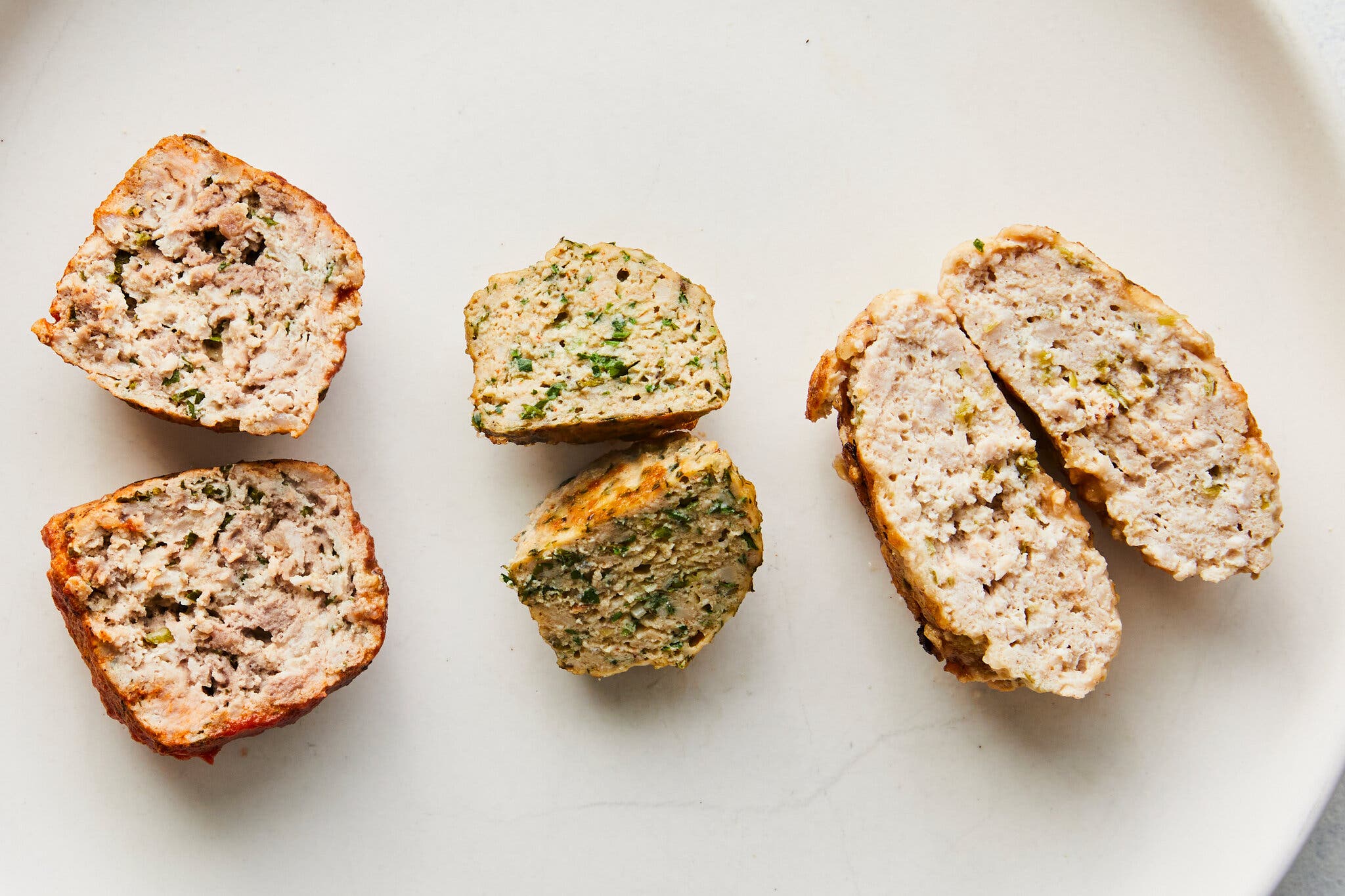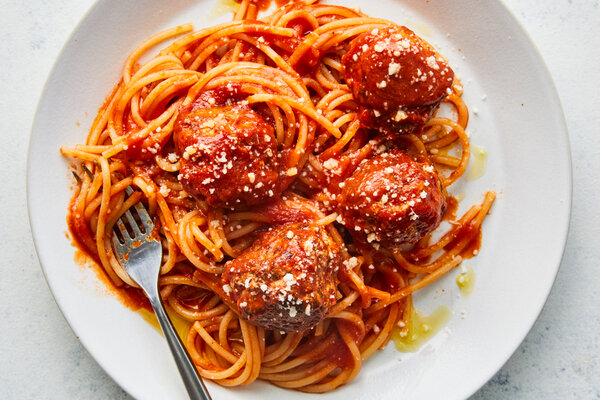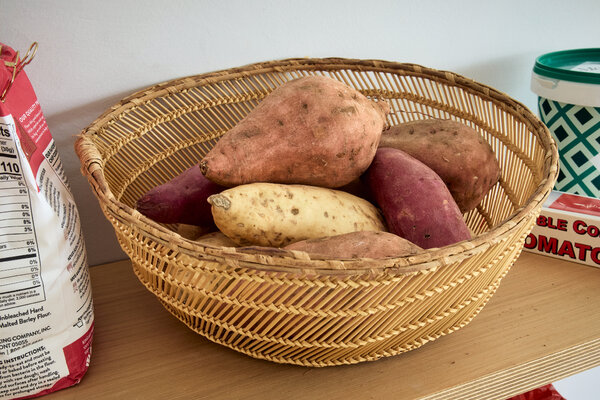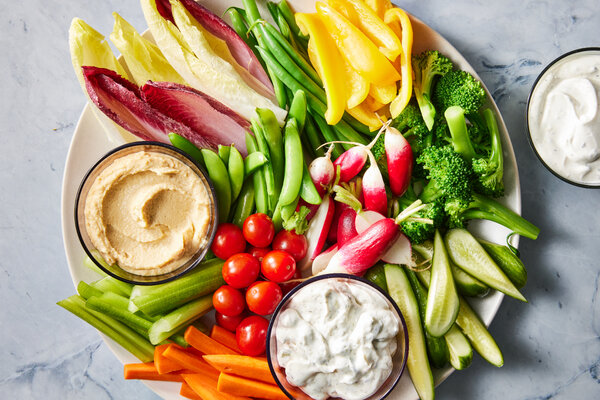Our recipe tester called one of them “miraculous.”
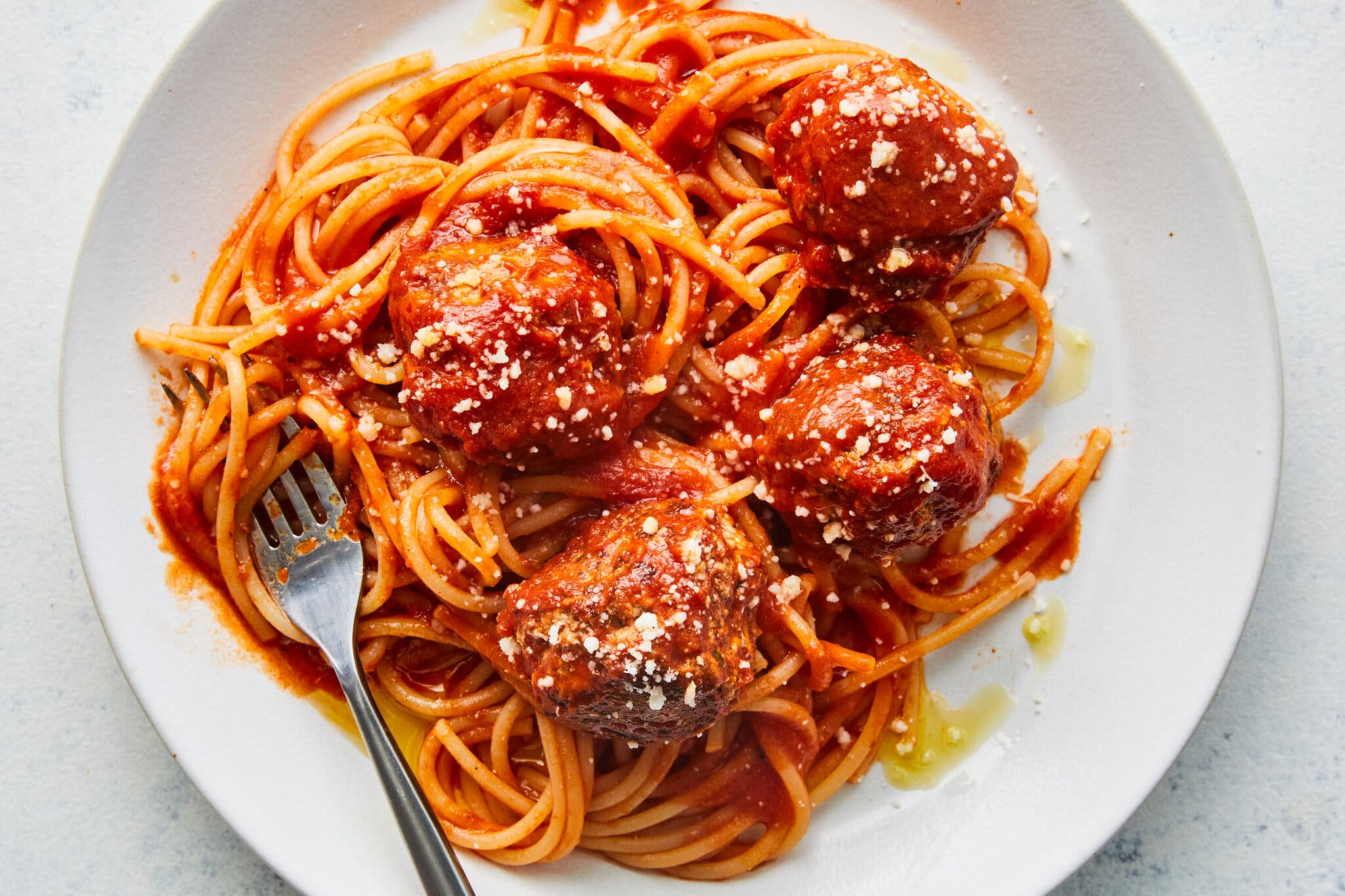
This video and article are part of Cooking 101, our series on kitchen fundamentals. Every episode covers a different technique, with tips and recipes from guest hosts who are experts to set you up for success.
By The New York Times Cooking
There are no strict rules for meatballs, as my 15 years of professional cooking experience at various magazine test kitchens and cooking for food photography shoots have showed me.
Meatballs, in essence, are just meat, seasonings and a binder. They can be mixed delicately or vigorously, made from a meat substitute, flavored with a variety of ingredients (herbs, spices, cheeses) and cooked any number of ways.
But while there’s no single formula, there are a few principles for ingredients and techniques that, once learned, will help you make better meatballs every time.
The three recipes below yield meatballs that are all quite different from one another, but each one holds important lessons. Make them all, and you may very well end up a meatball master.
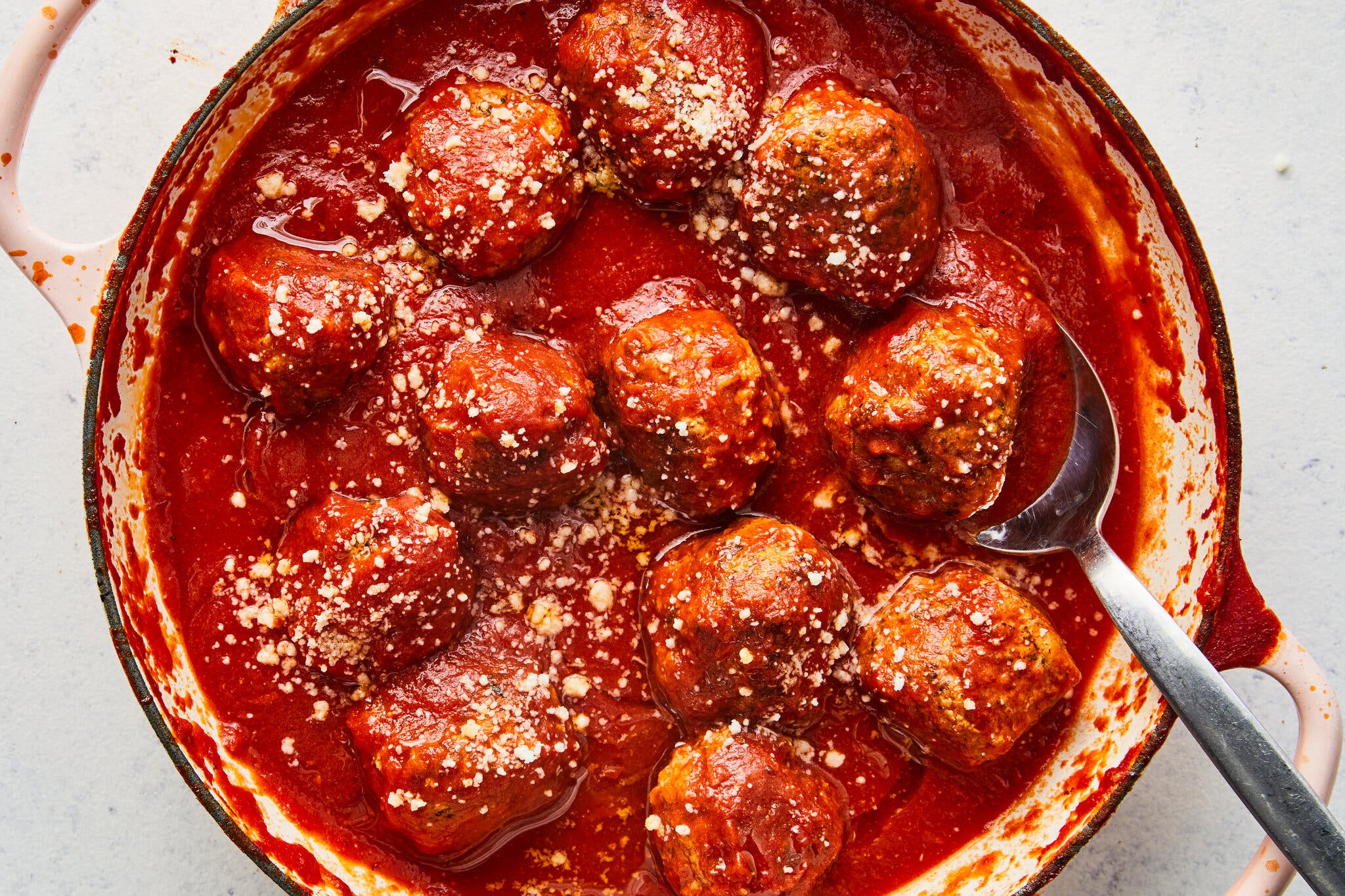
I was taught that a classic Italian American meatball should be a delicate one. So my recipe is a mix of fattier ground pork and beef, lightened with Pecorino Romano and ricotta, which adds milkiness without milk. If that sounds pretty rich, that’s the point: Fat creates tenderness.
Look for a ground beef that’s has a high ratio of fat: 80 percent lean to 20 percent fat is good, but if you can find 70 percent meat to 30 percent fat, you should get it. And, it should go without saying, but a whole-milk ricotta is preferred.
How you handle the mixture matters too, and for a classic Italian American meatball, avoid over mixing. The more you mix meat, the more its proteins tend to bond, which, as my colleague Kenji López-Alt points out, can cause the meat to be chewy and dense. (That can be a good thing or a bad, depending on what you want to achieve.) Here we want a loose, tender meatball.
For that reason, you’ll mix together the seasonings, cheeses and eggs separately from the meat in this recipe. Not only does it help prevent over mixing, it also helps ensure flavors and fats are evenly distributed. When you finally mix in your meat, remember that you want the insides to stay as loose as possible. Gently incorporate the two sets of ingredients as if you were folding egg whites into a batter, working as though it could deflate at any moment. Once it’s all incorporated, a spoon is a great help. Use it to scoop out some Ping Pong-ball size meatballs. It’s just another way of reducing how much you handle the meatball.
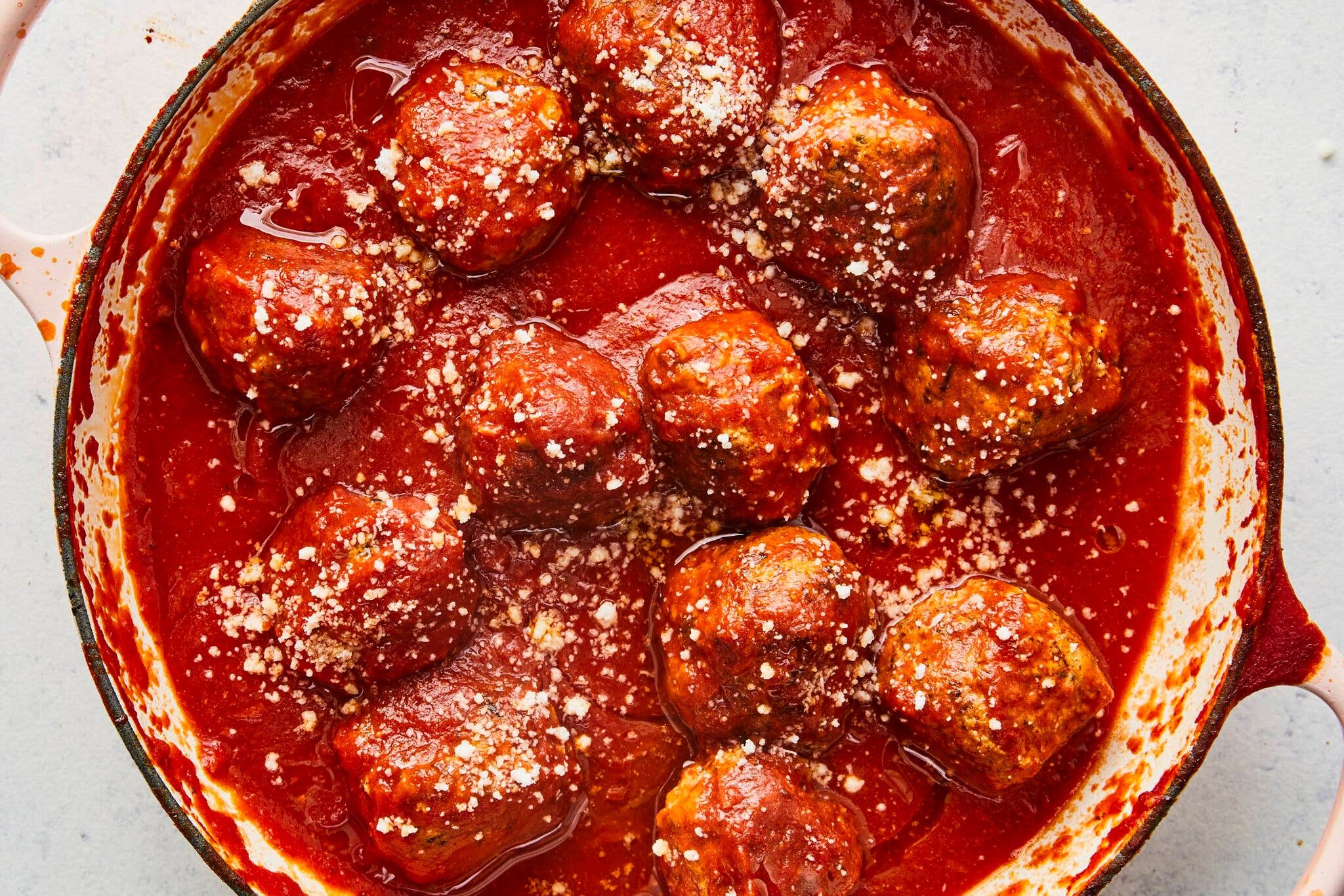
When you’re ready to cook, searing the meatballs creates a seal and also flavor in the now-burnished crust. That good flavor ends up in the sauce when they all cook together.
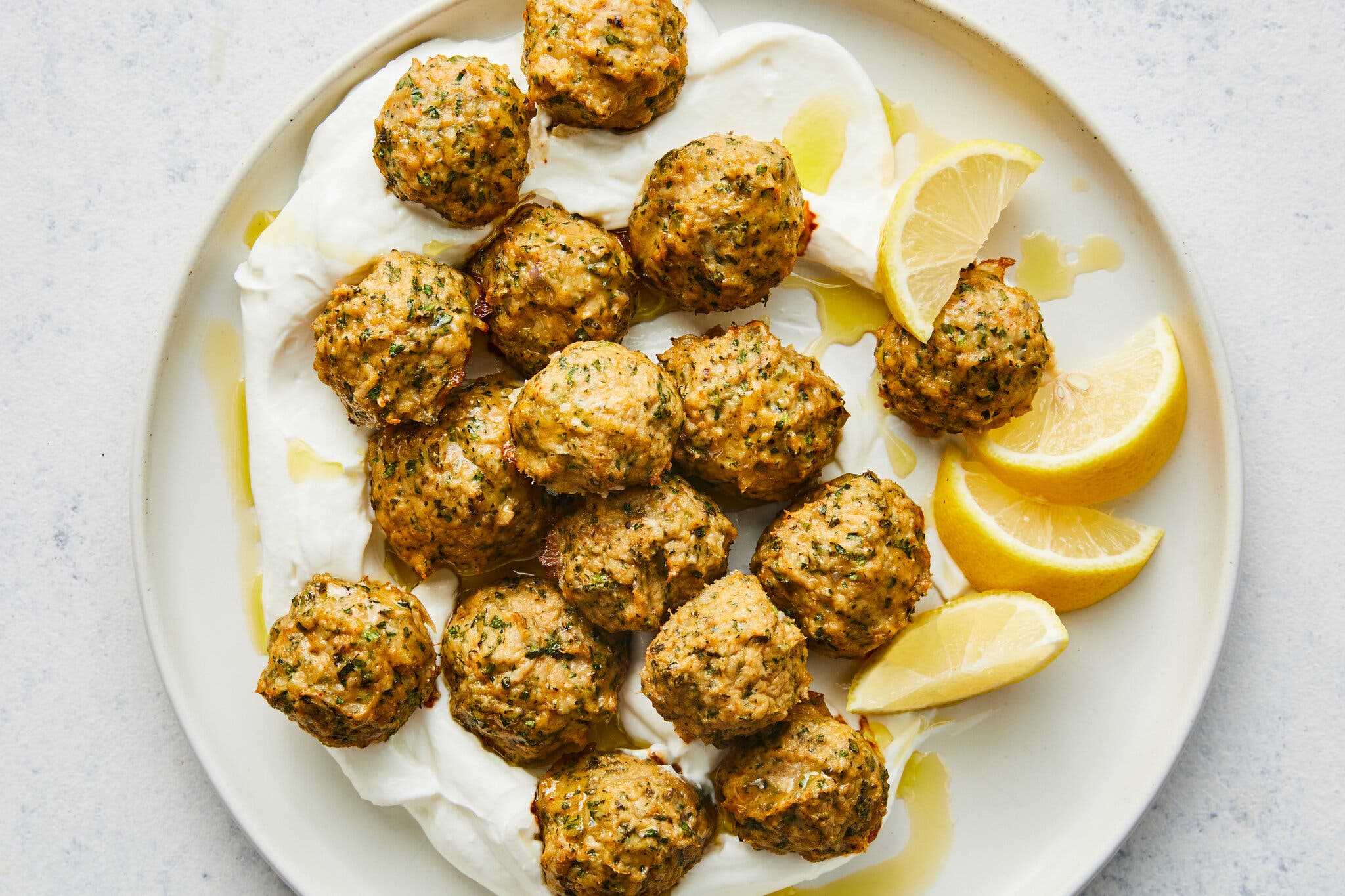
Just like gentle mixing, vigorous mixing has its place. You want it for dishes that actually benefit from a dense texture and when handling lean meats. Both are true in my chicken meatball recipe.
The reasoning is this: Since there’s less fat, the proteins need to be developed. When you knead the meatballs, those proteins start to stick to one another, which helps prevent crumbling. Vigorous mixing also pulls out whatever fat is in the chicken as well as the water, which can help bind, but I also have a little insurance.
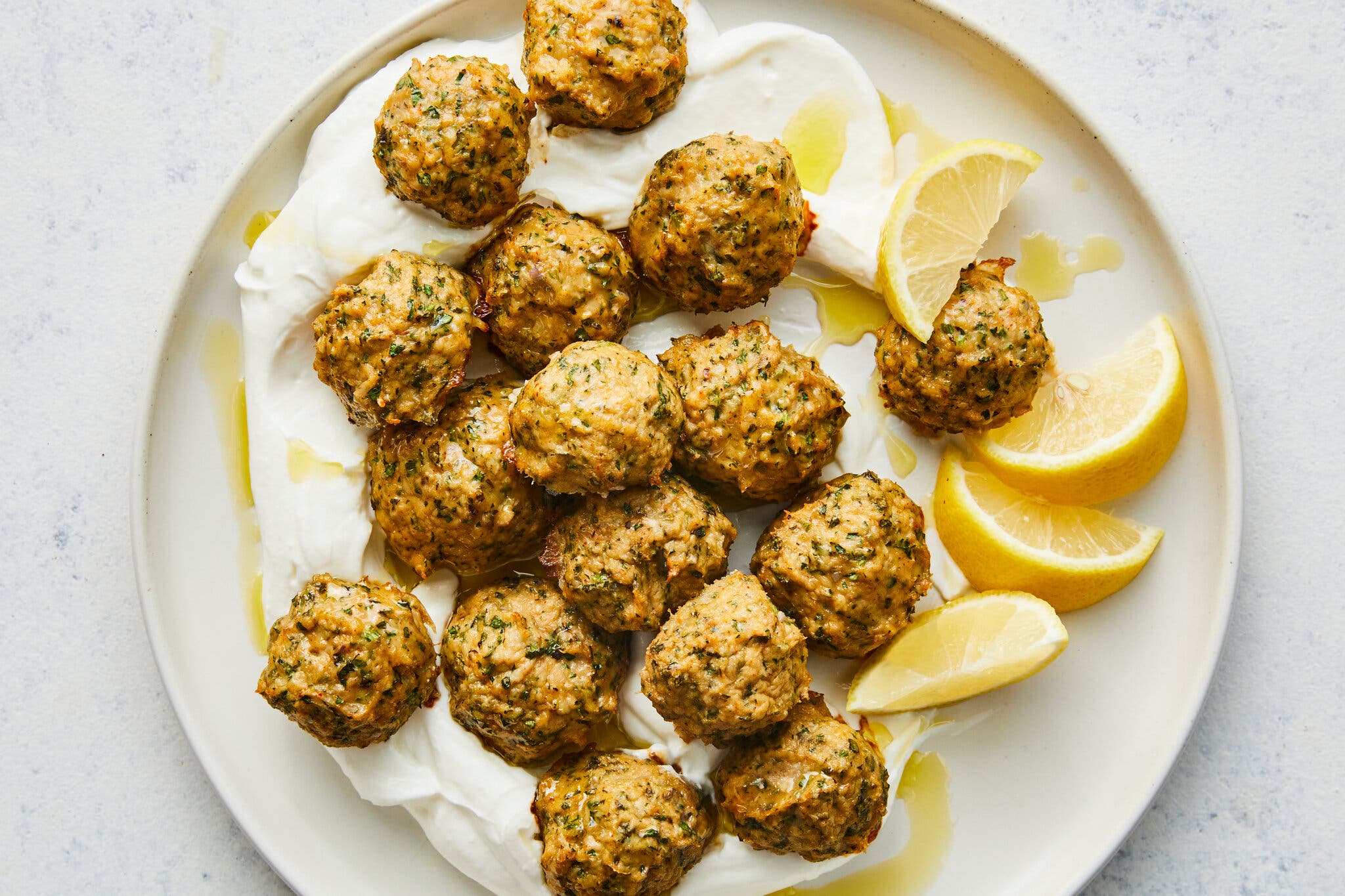
I add an egg, a classic binder, and cook the meatballs in the oven, a less-intrusive method of cooking that helps keep them from breaking. (And, just like in the Italian American meatballs, I use a spoon to shape the meatballs — but not to avoid over mixing. Instead, the spoon helps more easily form a shape from a sticky mixture.)
In short, loosely mixed meatballs end up delicate and crumbly, good for absorbing sauces, like a tomato sauce. But meatballs that are mixed more? They end up springy, and hold their shape better, making them good for frying and dipping (or if you just like a dense meatball).
In the end, this recipe transforms ground chicken, which can run the risk of being a little bland, into something gorgeously flavorful, full of warm spices, like paprika, cumin and coriander, and fresh herbs, like parsley, mint and cilantro.
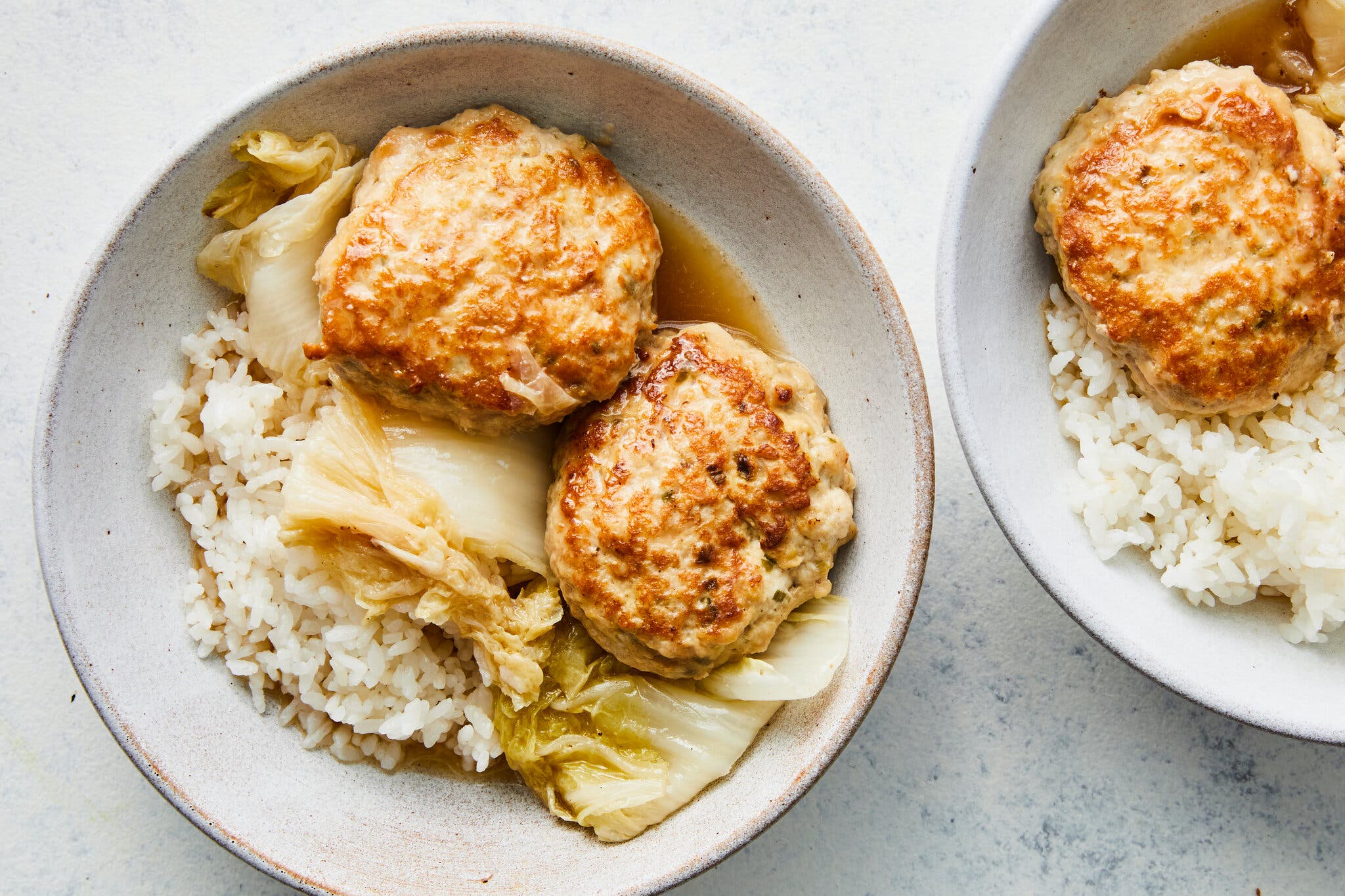
Various ingredients can bind and add texture. Understanding what certain binders do can help you manifest the kind meatball you want to eat.
Have you noticed there’s an egg in all of the recipes here? That’s because it’s acts like a glue in how it binds, but it also adds fat. You could also use fresh or dried bread crumbs, which lend structure and absorb moisture, or cooked grains like rice or quinoa can also bind and add a little bite. In these lion’s head meatballs, silken tofu helps out that egg as a binder, which makes them light and bouncy, much like the tofu itself.
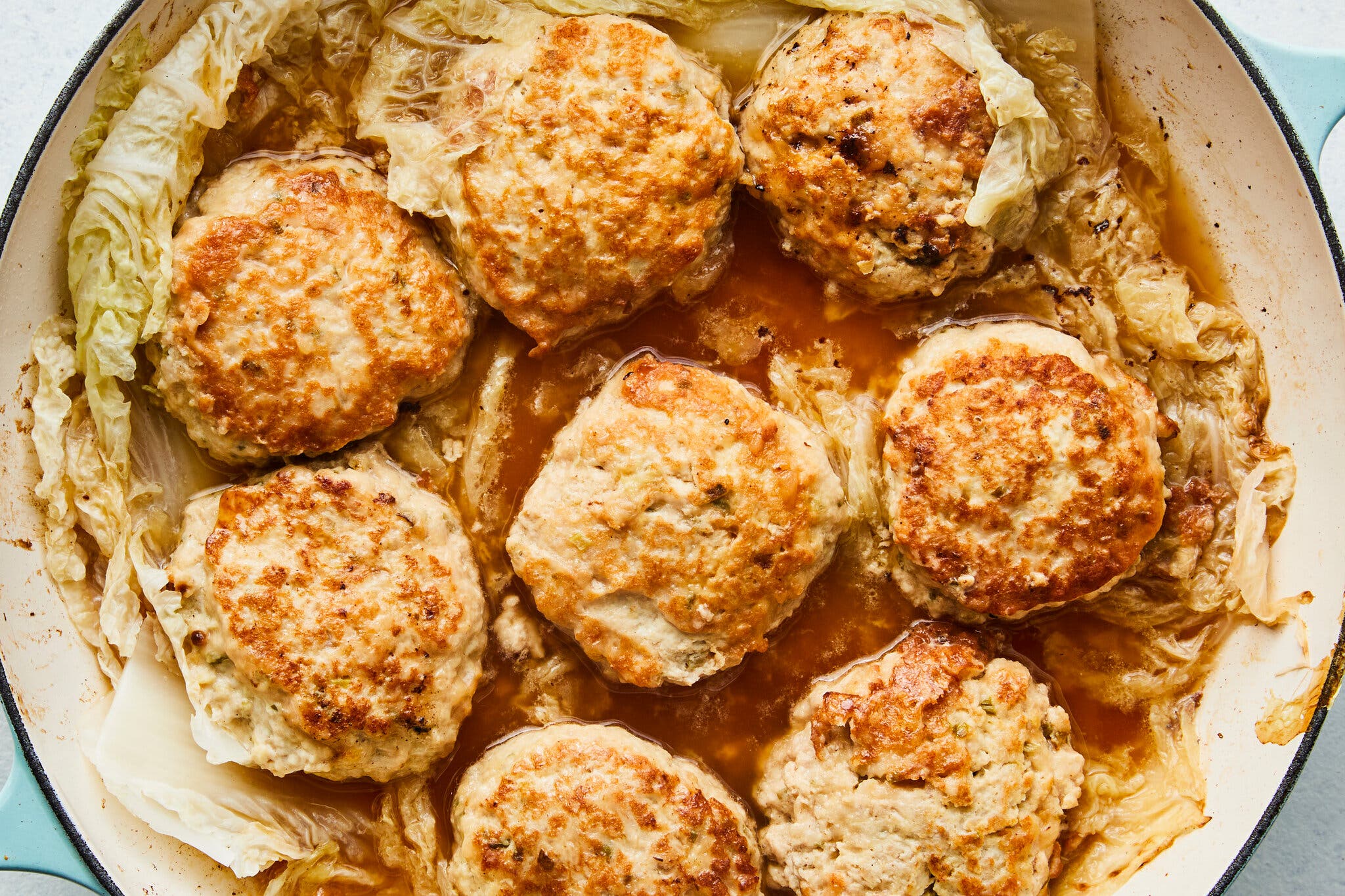
These meatballs are dipped into a slurry made from water, soy sauce and cornstarch, which helps create a crisp, flavorful crust when it’s seared.
Then, they’re steamed until springy, or QQ, a Taiwanese term for bouncy, pleasingly chewy texture. It’s the best kind of meatball: one that warms from the inside and tastes like home cooking.
